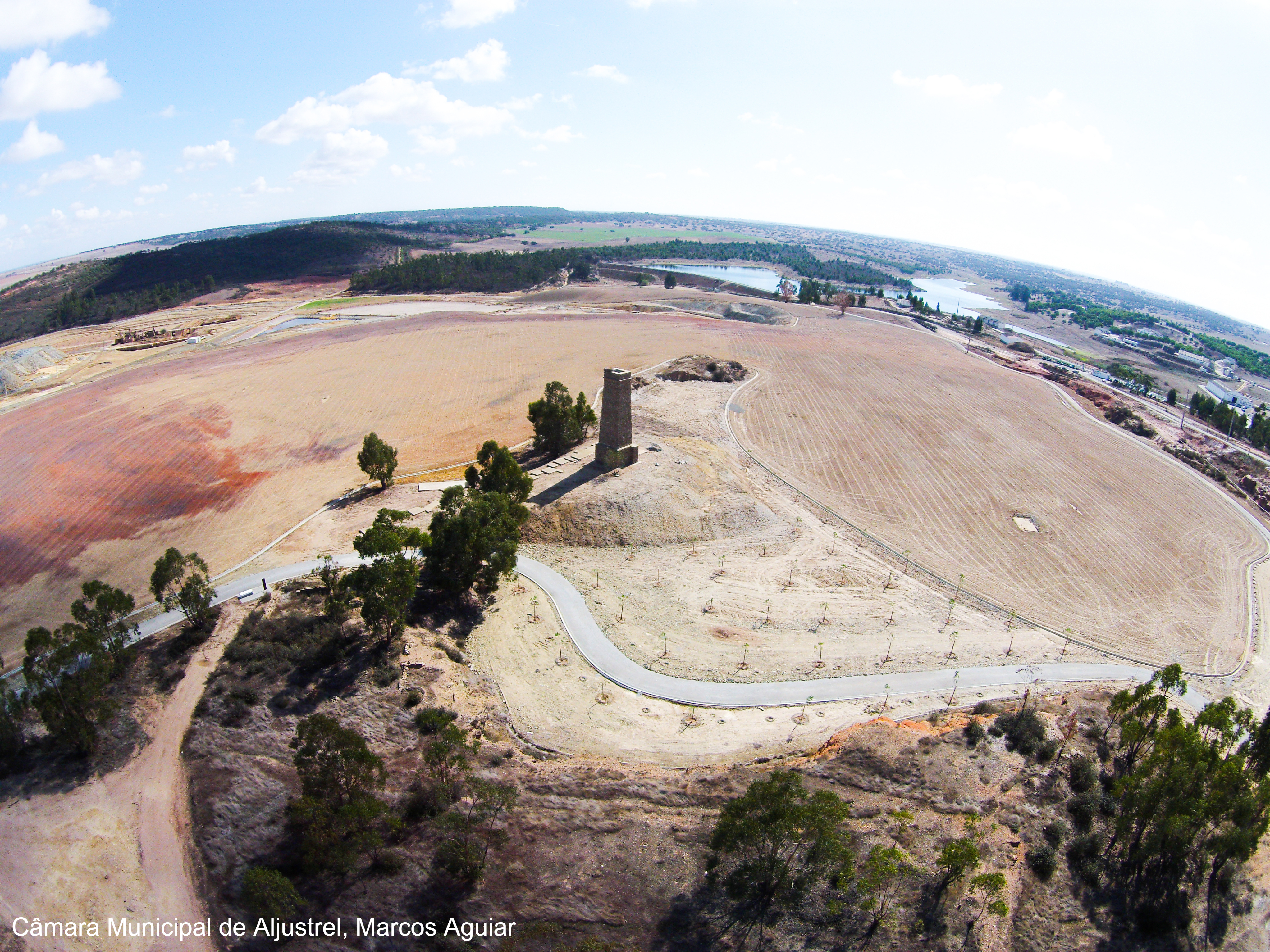
About Alentejo
About the Region
The Alentejo region is located in south-central Portugal. It has borders with the Centro region in the north, with Spain in the east, with the Algarve region in the south and with the Atlantic Ocean and the Lisbon area in the west. Alentejo’s area extends to 31,551 km² and the region is home to around 759,000 people. It is the least populated region in the country, representing over one third of national territory but only 7.1% of its population.
Alentejo is predominantly rich in mineral resources. The production of cork, wine, olive oil and dairy products is also important for the local economy. The main traditional industries are the extractive industries, agro-food, machinery and chemistry. However, the region has in recent years also seen the development of new industry segments, such as the automotive and the electronic component industries. Aeronautics has also emerged as a very promising sector in the region.
The tertiary sector has in the last years taken a prominent position in the regional economy, due particularly to the information technologies (ICT) and tourism activities.
The Mining and Metallurgy Industry
The Alentejo region has two major metallogenetic provinces: the Iberian Pyrite Belt (IPB) and the Ossa-Morena Zone (OMZ).
The IPB is an important Vulcanogenic Masssive Sulfide (VMS) European mining province shared by the Alentejo and Algarve (Portugal) and Andalusia (Spain) regions. Geographically the Portuguese part of the IPB is exposed from the Alentejo coast all the way to the Guadiana River that marks the Spanish border. The IPB is included in the South Portuguese Zone, one of the major geological domains of the Variscan Iberian Massif. The main deposits are located in Aljustrel and Castro Verde, where mining companies explore mainly copper and zinc.
The OMZ metallogenetic province is shared by the Alentejo region (Portugal) and Extremadura and Andalucia regions (Spain). The OMZ is a complex and diverse geological set formed through the Cadomian and Variscan orogenic cicles and comprises a variety of ore deposits and mineral types.
Alentejo has also considerable resources of ornamental rocks (limestone, marble and granites) and industrial rocks (aggregates) with the potential to promote the emergence of new industries and support services.
Due to its richness in sites of geological and mining interest, the IPB in Alentejo has been promoted through cultural tourism programs, namely the Pirite Route, where the mining sites of Aljustrel, São Domingos, Lousal and Caveira are included.
Mineral Deposits and Metallurgy Sites
Alentejo has two active mines: Aljustrel (Cu, Pb, Zn) and Neves-Corvo (Cu, Zn, Pb, Ag). Both mines are located in the Iberian Pyrite Belt in the district of Baixo Alentejo.
Almina is a Portuguese mining company exploring the Aljustrel mine of copper and zinc ores. The trade, transport of the products and derivatives, and the research, purchase and development of technological methods is done by the company for its mining activities. The extraction of massive and stock work sulphide ores allows a production of more than 2 Mt of copper and zinc concentrates. For this reason, it plays an important role in the region's economy.
Somincor/Lunding mining is the concession holder of the Neves-Corvo mine, which is a copper- zinc mine producing copper, zinc and lead concentrates. Currently, three types of concentrates are produced in Neves-Corvo: copper, zinc and copper/lead concentrate with 23% -25%, 45-46% and 30% percentages (with a minimum of 22% lead) respectively. In 2016, there were still about 201 Mt of in-situ ore (copper and zinc).
There are also businesses related to mining such as Orica Mining Services Portugal SA, which is a provider of commercial explosives and innovative blasting systems, as well as the Swedish company Epiroc that operates in the mining industry in mechanical and industrial maintenance.